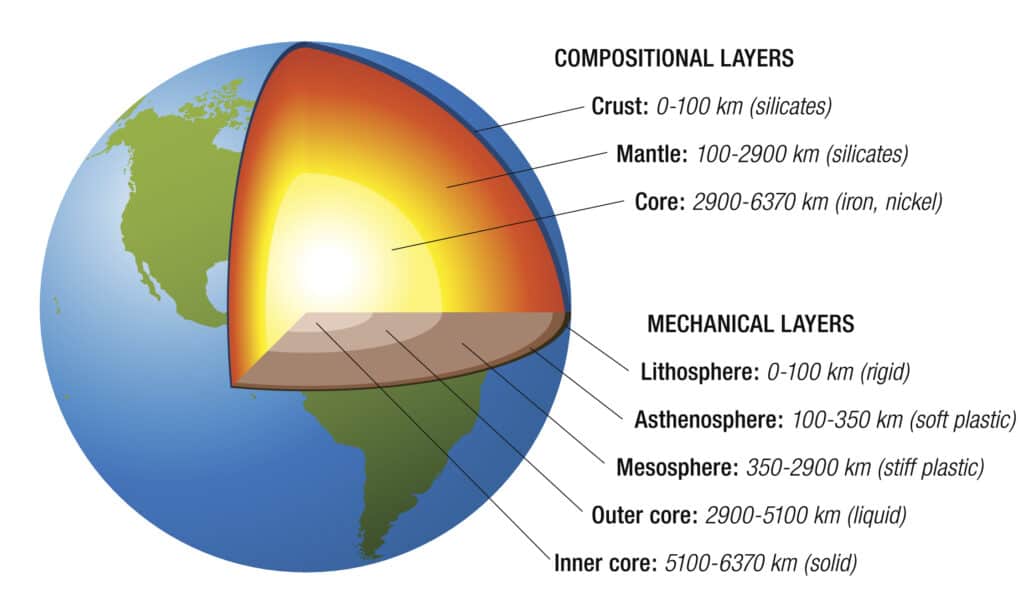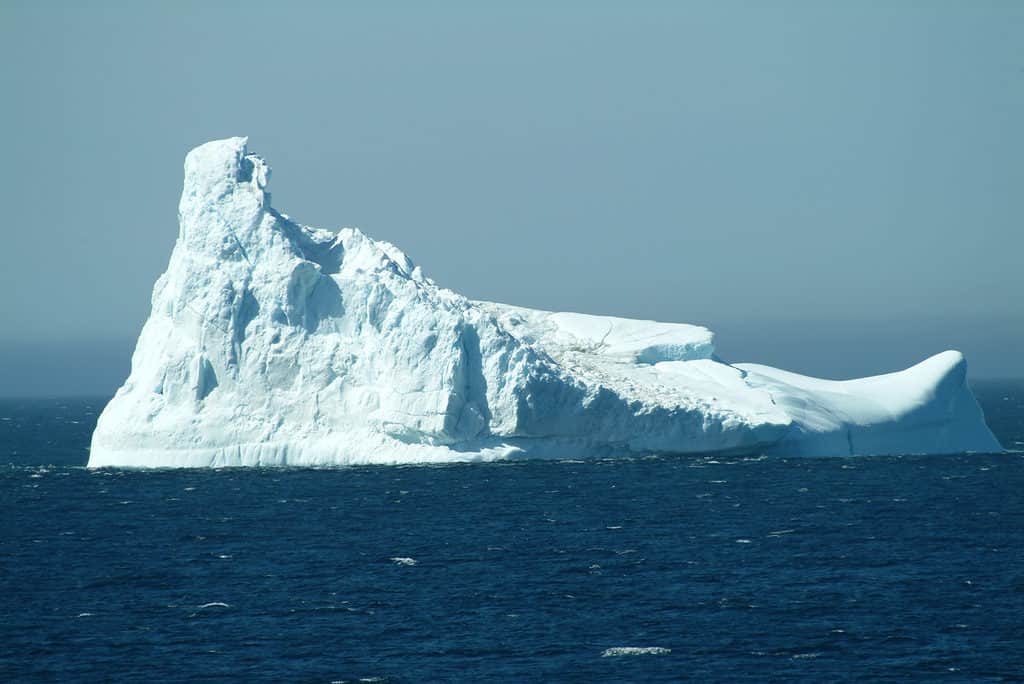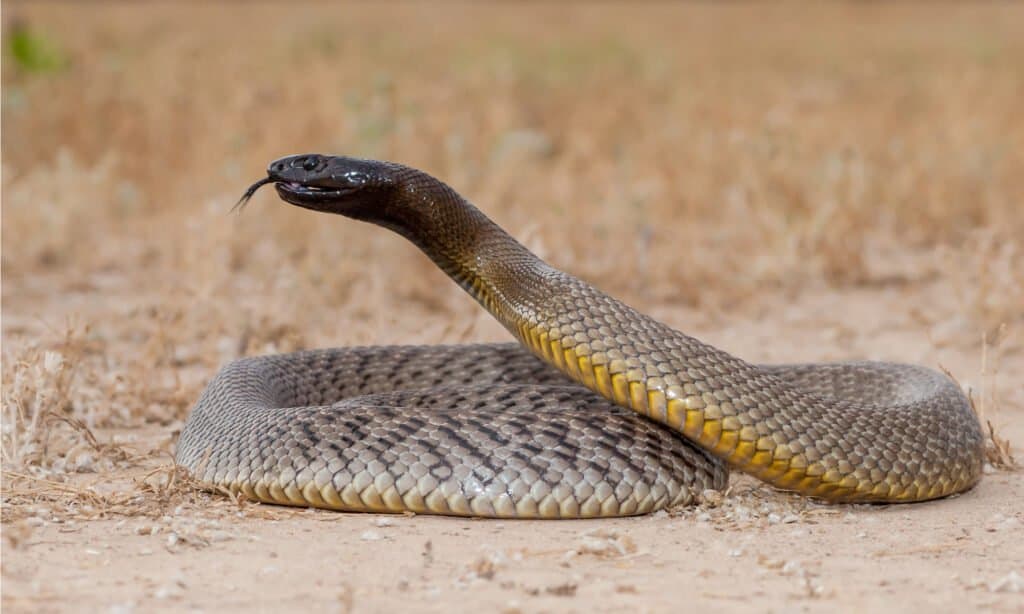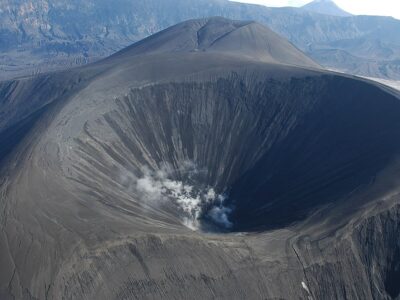The natural environment is a series of interconnected systems that exist naturally on a planet, like Earth, including both living and non-living things.
Understanding the Natural Environment
The term natural environment can be broadly applied to every naturally occurring thing on the planet. That includes all living beings as well as things that are not living. This inclusive understanding of the natural world incorporates various systems.
Generally, the components of the natural environment include several clusters of similar components, also called spheres. In the case of Earth, these include the atmosphere, lithosphere, biosphere, and hydrosphere.
Imagining the natural world as the sum of all these spheres illustrates their interrelatedness while allowing for each of them to be examined separately.
Lithosphere
The lithosphere is the outermost and rocky part of a planet. In the case of Earth, the lithosphere is made of the uppermost part of the mantle along with the crust. This rigid layer is all the land and rocks upon which all living things exist. All the water and biomass on the plant exist on this layer.
The resources offered by this part of the environment help plants and animals flourish. After all, the lithosphere is largely made up of iron, calcium, aluminum, magnesium, and sodium. All of these elements are needed to aid the development of the abundance of life on Earth. In short, the lithosphere is the substrate of life.

The lithosphere refers to uppermost part of the mantle and the crust.
©iStock.com/PeterHermesFurian
Hydrosphere
Earth’s hydrosphere consists of all the water on the planet. That’s the water found in each body of water, beneath the ground, and even in the air. This water can be in any form: liquid, ice, or vapor. Water is a very important element of the natural environment.
On Earth, water is needed to support life. Two of the most significant ways that water sustains life are by supporting cellular structures and aiding in chemical reactions.
Water helps cells maintain their shape and aids in the formation of cellular membranes. This allows cells to keep important molecules within a cell while keeping harmful ones out.
One of the most important chemical reactions on the planet is photosynthesis, the creation of sugars and oxygen from sunlight, carbon dioxide, and water in plants. This process and the autotrophs that perform it are the basis of all ecosystems.
The presence of the hydrosphere was necessary for the start of life on the planet and continues to be an ongoing source of food for just about all animals at some level.

The hydrosphere includes water in all phases.
©David Dennis/Shutterstock.com
Atmosphere
The atmosphere is a layer of a single gas or several gases surrounding a planet. This layer is kept in place by the planet’s gravitational force. The atmosphere on Earth is composed of several layers including the troposphere, stratosphere, mesosphere, thermosphere, ionosphere, and exosphere.
Each of these layers serves a different purpose and has a unique composition. All in all, though, Earth’s atmosphere has about 78.08 percent nitrogen, 20.95 percent oxygen, and about 0.04 percent argon along with some other trace amounts of other materials.
The atmosphere provides many benefits to beings living on Earth. For one thing, the atmosphere provides the oxygen that many beings need to live. All sorts of animals breathe oxygen, and plants use it to make their food.
The atmosphere also provides other benefits to organisms living on the planet. For example, the atmosphere reduces the impact of harmful solar radiation and provides insulation to keep the planet warm.

The atmosphere protects the planet from harmful radiation.
©studio23/Shutterstock.com
Biosphere
The biosphere is not as easily defined as the other three spheres. Instead, the biosphere is the sum of all areas where life occurs on the planet. Thus, the biosphere is part of the atmosphere where birds fly, the lithosphere where bacteria thrive in the dirt, and the hydrosphere where sharks swim. In short, the biosphere is every part of the natural environment that is alive, so it overlaps with the other spheres.

The biosphere includes all living creatures.
©Sergey Novikov/Shutterstock.com
Other Parts of a Natural Environment
The natural environment of a planet also refers to the processes that occur as a result of the existence of the atmosphere, biosphere, lithosphere, and hydrosphere. Some of these additional processes and phenomena include:
- Weather
- Climate
- Magnetism
- Organic electricity
- Radiation
- Decomposition
These are all elements of a natural environment. In some cases, humans can interact with, influence, and utilize some of these occurrences. They’re only part of the natural environment when they happen without human interference.
A Narrower Definition of Natural Environment
Another way that humans define the natural environment is relative to a lifeform. In this case, the meaning of the term is the place where a being lives. For example, the natural environment of the western diamondback rattlesnake is in Mexico and the southwestern United States.
Within those places, the western diamondback rattlesnake lives in various habitats such as rocky mountainsides and even coastal plains. Together, those places, from the locale to the habitat, make up the snake’s natural environment. That stands in contrast to any artificial environment to which the snake could be sent by humans.
For example, lions and tigers are kept in artificial environments at zoos around the world. While they simulate the animals’ natural environment in some ways, they lack many facets that they would find in the wild.

The inland taipan’s natural environment is in Australia.
©Ken Griffiths/Shutterstock.com








